Miss Cellany’s Weekend Watch
Skip to commentsMike Lynch (with Art Bouthillier, Randy Glasbergen, Ted Goff, George Jartos, Bart Roozendaal, and George Trosley), Ed Steckley, Warner Bros cartoons, Flash Gordon comic book, AI, and (sorry) Scott Adams.
The Aspiring Cartoonist: The Craft and Business of Gag Cartooning


Mike Lynch has a very fine habit of pulling old cartooning magazines out of his closet and sharing them with us. His latest is The Aspiring Cartoonist #7 from 1998 and Mike excerpts the ten page Gag Cartoonists Round Table featuring Art Bouthillier, Randy Glasbergen, Ted Goff, George Jartos, Bart Roozendaal, and George Trosley.
**********
The 11 Censored Looney Tunes and Merrie Melodies Cartoons That Haven’t Been Aired Since 1968
For decades and decades, Warner Bros.’ Looney Tunes and Merrie Melodies cartoons have served as a kind of default children’s entertainment. Originally conceived for theatrical exhibition in the nineteen-thirties, they were animated to a standard that held its own against the subsequent generations of television productions alongside which they would later be broadcast.
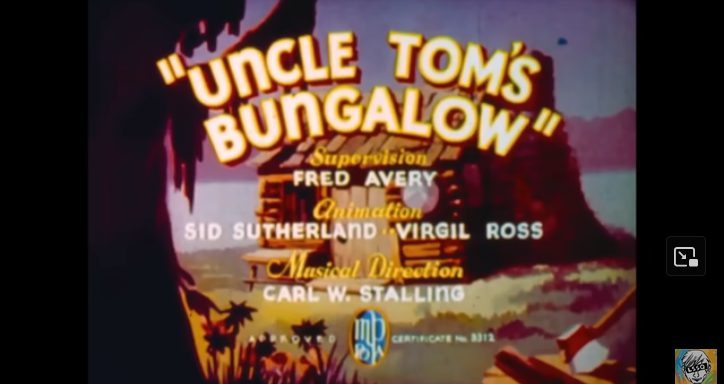
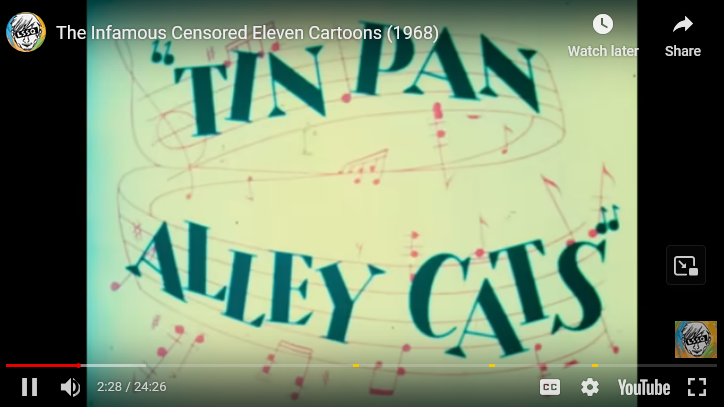
The LSuperSonicQ video above takes a look at the “Censored Eleven,” all of which have been suppressed for qualities like “exaggerated features, racist tones, and outdated references.” Produced between 1931 and 1944, these cartoons have been described as reflecting perceptions widely held by viewers at the time that have since become unacceptable
Open Culture and LSuperSonicQ examine Warner Bros’ cartoons that were censored from TV. The censored eleven are (with Wikipedia links): Hittin’ the Trail for Hallelujah Land (1931), Sunday Go to Meetin’ Time (1936), Clean Pastures (1937), Uncle Tom’s Bungalow (1937), Jungle Jitters (1938), The Isle of Pingo Pongo (1938), All This and Rabbit Stew (1941), Coal Black and de Sebben Dwarfs (1943), Tin Pan Alley Cats (1943), Angel Puss (1944), and Goldilocks and the Jivin’ Bears (1944).
**********
Flash Gordon Quarterly #1 Review: Into the Multiverse
First appearing as a comic strip character in 1934, Flash Gordon quickly became a multimedia sensation. The former football star turned space-traveling superhero went on to star in radio plays, movie serials, cartoons, television shows, and, most famously, a feature film in 1980. He’s remained popular in spite of his pulp roots because of how easily his adventures have changed with the times. This idea is driven home in Flash Gordon Quarterly #1. This new anthology by Mad Cave Studios throws Flash into the multiverse to awesome effect.
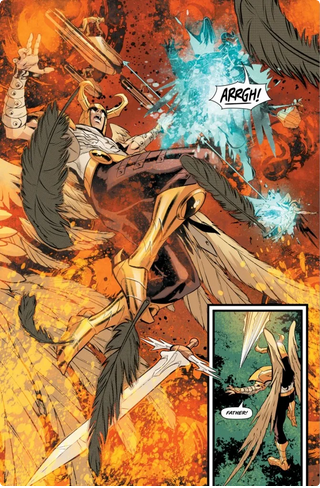

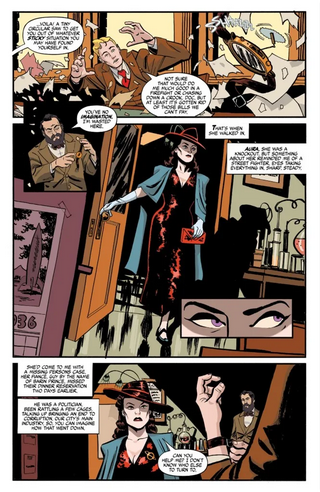
Matt Morrison for SuperHeroHype reviews the current Flash Gordon comic book.
This premiere issue contains three stories. Each of them is set in a different reality, but the focus is on the classic franchise characters in unfamiliar forms … The first story is set in this vein, centering around the noble hawkman leader Vultan and his son, Talon … The second story, “The Battle of Little Mingo,” is a space Western, with Flash as the brave sheriff, Dale Arden as his deputy, and Ming as a corrupt governor … The final story, “Flash Detective Services,” by Jordan Thomas and Russell Olson, plants our hero in a Noir mystery. As in the second tale, the classic characters remain the same, even adapted into new roles…
**********
With the prospect of new magazine illustration jobs becoming fewer and farther between, what was once a major part of my (and, dare I say, my illustrator generation’s) marketing focus seems to be becoming more anomalous.


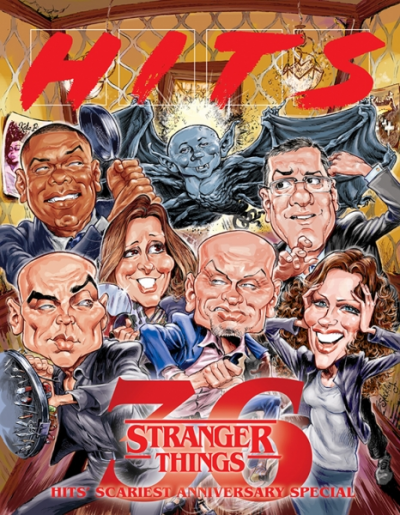
As an illustrator Ed Steckley mourns the loss of a market and an art form. (As a fan so do I.)
I love working for magazines. Though I was (and am!) always just thrilled to be working for anybody, when I was coming up, I saw magazine work as the pinnacle, something to shoot for, and deep down that never really went away.
New Mad stuff from me in the works, some fun yabbering on reference material, and sketchin’ people you’ve never seen before!
**********
DON’T TELL THESE DIGITAL COMICS STARTUPS THAT AI IS A BAD IDEA

Right after San Diego Comic-Con, former NFL quarterback and civil rights activist Colin Kaepernick announced, with great fanfare, a platform called Lumi, which promises to “free creators and democratize storytelling” by “leveraging advanced AI tools [that] empower creators to authentically create their stories.”
Investors like Alex Ohanasian’s Six Seven Six, Kapor Capital, Impellent Ventures, and a rogues’ gallery of Silicon Valley execs were enthusiastic to the tune of $4 million in seed funding. Creators, less so. In fact, the company and Kaepernick personally took a savage roasting online, notwithstanding his genuinely admirable anti-racism stance that cost him dearly in his football career.
It turns out Kaepernick was just the first player flushed out of the pocket and subjected to a massive pile-on. Several other companies are rolling out similar offerings that probably look awesome in the pitch deck, but may face a different reception in the market.

Rob Salkowitz at ICv2 looks at the idea of AI “democratizing access to creativity.”
“It’s just a tool to help creators!” I asked illustrator Karla Ortiz, one of the plaintiffs in a class action suit against some of the big generative AI platforms, whether a system built and trained using authorized content, might eventually prove to be a useful tool to professionals.
“No, not at all,” she replied. “They sell it that way, but ethics aside, even if there were an “ethical model,” the tech itself is flawed. AI has a hard time with revisions… [and] it doesn’t understand the underlying logic of the image, so it’s terrible for things like armor or equipment, where the form follows function. I can do it faster myself. High-quality companies with big budgets and strict standards find AI useless for revisions. The horror stories mostly come from some mid-sized or smaller companies that lack resources and sometime prioritize quick, cheap results over quality.”
**********
Scott Adams Net Worth 2024: A Deep Dive into the Life of the “Dilbert” Creator
For some reason Sazadul Islam Saju at Surprise Sports brings us up-to-date on cartoonist Scott Adams.
Despite his success, Adams has not been free from controversy. His outspoken views on social media have often sparked debate.
In 2023, Adams’ comments led to the loss of Dilbert’s syndication in numerous newspapers, impacting his revenue. These incidents highlight the volatile nature of public opinion and its impact on financial success.


Comments 4
Comments are closed.